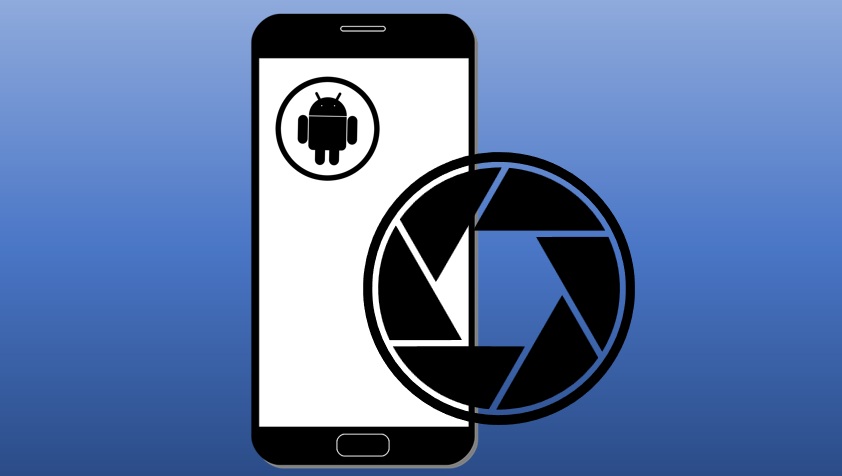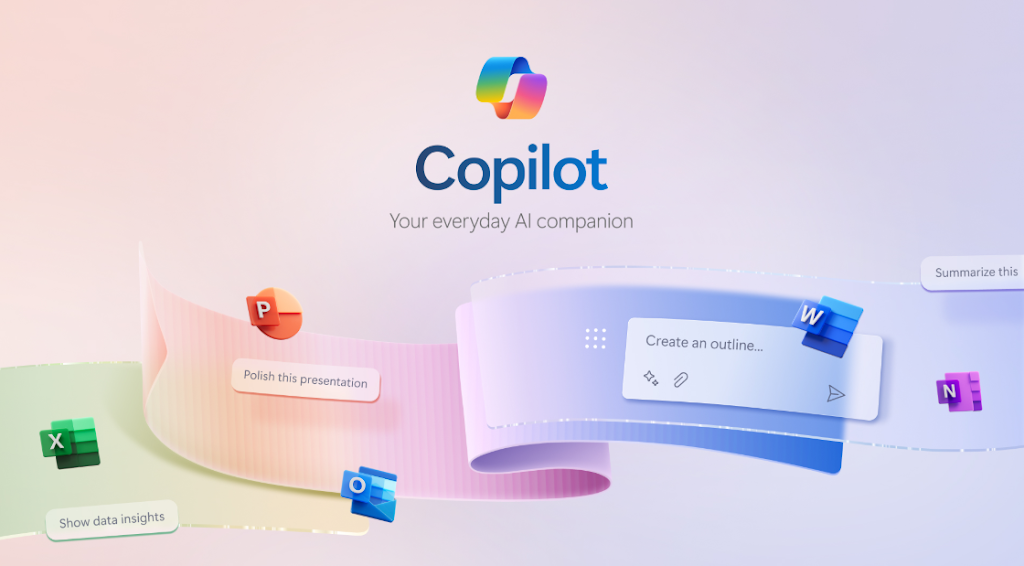Have you ever wondered who’s been quietly checking out your Facebook profile? Maybe it’s an ex, a curious acquaintance, or someone you barely know.
The idea of “Facebook stalking”—someone regularly viewing your posts, photos, or updates without you knowing—can feel unsettling.
Unfortunately, Facebook doesn’t offer a builtin feature to show you exactly who’s visiting your profile. But don’t worry!
In this detailed blog post, I’ll explore the legitimate workarounds, debunk myths, and share practical steps you can take to get clues about who might be keeping tabs on you—all while keeping your privacy intact.
Does Facebook Let You See Profile Visitors?
Let’s start with the hard truth: Facebook does not allow you to see who views your profile. The platform prioritizes user privacy, meaning there’s no official “visitor log” or tracker available.
If you stumble across thirdparty apps or websites promising to reveal your stalkers, steer clear—these are often scams designed to steal your data or install malware.
Facebook’s official stance is clear: no app or tool can access this information, and any that claim otherwise should be reported.
That said, there are clever, indirect ways to gather hints about who’s interested in your profile. These methods rely on Facebook’s features and a bit of detective work. Let’s dive into them!
Method 1: Use Facebook Stories to Spot Viewers
One of the simplest ways to see who’s engaging with your content is through Facebook Stories. Unlike your profile, Stories let you see exactly who’s viewed them—perfect for catching potential stalkers in the act.
How to Do It:
1. Open the Facebook App
Launch the app on your phone (this works best on mobile).
2. Create a Story
Tap “Create Story” at the top of the app. Add a photo, video, or text—something enticing that might draw viewers.
3. Post It
Share the Story and give it some time (a few hours or a day) to collect views.
4. Check Viewers
Go to “Your Story” and tap the “Viewers” list at the bottom. You’ll see the names of everyone who watched it.
Why It Works:
If someone’s stalking your profile, they might click on your Story out of curiosity. Seeing the same name pop up repeatedly across multiple Stories could indicate they’re keeping a close eye on you.
However, keep in mind that some savvy stalkers might avoid Stories if they know you can see them.
Pro Tip: Post a variety of Stories over a week and track consistent viewers. Patterns can reveal who’s most interested.
Method 2: Monitor Likes and Comments on Your Posts
Stalkers often betray themselves by interacting with your content—especially if they’re not subtle about it. Someone who likes or comments on your posts, particularly older ones, might be scrolling through your timeline more than others.
How to Do It:
1. Post Regularly
Share a mix of updates—photos, status posts, or links—over a few days or a week.
2. Watch Reactions
Check the “Likes” and “Comments” sections. Note who’s consistently engaging.
3. Look for Old Post Activity
Go to your timeline and scroll back a few months. If someone suddenly likes or comments on a post from ages ago, it’s a sign they’ve been digging deep.
Why It Works:
People who stalk your profile often can’t resist interacting, especially if they’re trying to get your attention. Repeated engagement from someone you don’t talk to often is a red flag.
Pro Tip: Use neutral but engaging posts (like a cool photo or a funny meme) to bait interaction without making it obvious you’re watching.
Method 3: Check the “People You May Know” List (With Caution)
There’s a popular theory that Facebook’s “People You May Know” suggestions might include people who’ve recently viewed your profile. While Facebook says this list is based on mutual friends, location, and activity (not profile views), some users swear by this trick.
How to Do It:
1. Go to Friends Section
On the app or desktop, click the “Friends” tab.
2. Scroll the Suggestions
Look at the “People You May Know” list. Note any unexpected names—especially people you haven’t interacted with lately.
3. CrossCheck
If someone keeps appearing without clear mutual connections, they might be visiting your profile.
Why It Works (Maybe):
The algorithm isn’t transparent, but frequent profile visits could theoretically bump someone up the suggestion list. It’s not foolproof, though—don’t rely on this alone.
Pro Tip: Combine this with other methods (like Stories) to see if the same names overlap.
Method 4: Analyze Your Profile’s Source Code (Techy Approach)
This method involves digging into your profile’s HTML source code to find “buddy_id” numbers—unique identifiers for Facebook users. It’s often touted as a way to see who’s viewed your profile, but it’s unreliable and misunderstood.
How to Do It:
1. Open Facebook on Desktop
Log in and go to your profile page.
2. View Page Source
Rightclick anywhere on the page and select “View Page Source” (or “Inspect” on some browsers).
3. Search for “buddy_id”
Press Ctrl + F (or Cmd + F on Mac) and type “buddy_id”. You’ll see a list of numbers next to it.
4. Check the IDs
Copy a number, then type “facebook.com/[number]” into a new tab to see whose profile it links to.
Why It’s Flawed:
Despite the hype, these IDs typically reflect people you interact with most—like friends you message or whose posts you like—not necessarily profile viewers. Facebook doesn’t store visitor data in the source code, so this is more myth than fact.
Pro Tip: Skip this unless you’re techcurious—it’s not a reliable stalker detector.
Method 5: Share a Trackable Link (Advanced)
If you’re serious about identifying lurkers, you can use a URL shortener with tracking capabilities (like Bitly or Grabify) to see who clicks a link you post.
How to Do It:
1. Find an Enticing Link
Pick something clickable—like a funny article or a cute video.
2. Shorten It with Tracking
Go to a site like [grabify.link](https://grabify.link), paste the URL, and generate a shortened link.
3. Post It
Share the link on your timeline with a catchy caption (e.g., “This made my day!”).
4. Check Results
After a day or two, visit the tracking site with your “Access Link” to see IP addresses, locations, and click times.
Why It Works:
This reveals who’s engaging with your posts, which could include stalkers. However, it won’t give names—just locations and device info—unless you can match them to someone you know.
Pro Tip: Use this sparingly—overdoing it might make friends suspicious of your links.
Signs Someone Might Be Stalking You
Beyond these methods, watch for these red flags:
Repeated Engagement: Someone liking or commenting on every post, even old ones.
Random Friend Requests: New requests from accounts tied to someone you suspect.
Group Overlap: A person joining multiple groups you’re in without a clear reason.
Suspicious Messages: Overly personal or odd messages from someone you barely know.
If these patterns emerge, they might be worth investigating further.
Protecting Yourself from Stalkers
If you’re worried about unwanted attention, take control of your privacy:
Lock Your Profile: Restrict your profile to friends only (see my guide on how to lock your Facebook profile).
Limit Past Posts: Go to Settings > Privacy > Limit Past Posts to hide old content from the public.
Block Suspects: Go to their profile, click the threedot menu, and select “Block.”
Review Privacy Settings: Under Settings > Privacy, set “Who can see your future posts?” and “Who can see your friends list?” to Friends or Only Me.
Final Thoughts
While you can’t get a definitive list of who’s stalking your Facebook profile, these methods—Stories, engagement tracking, and link monitoring—can give you strong clues. The key is to combine them for a clearer picture and stay proactive about your privacy. Facebook might not hand you the answers, but with a little creativity, you can still play detective.
I am an extensive connoisseur of windows problem-solving techniques and everyday tech tips and tricks.
RELATED POSTS
View all




